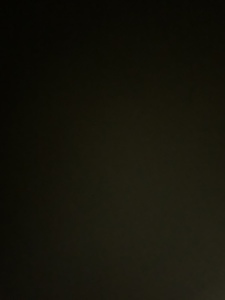Blood passes through the ❌ into the ❌, and from there is pumped into the ❌. The opening of the ❌ Artery is guarded by the ❌, which prevents the ❌ of blood into the right ventricle when the ventricular muscle ❌,
After leaving the heart, the pulmonary artery divides into left and right pulmonary artieries, which carry the ❌ to the lungs where exchanges of gases take place: ❌ is excreted and ❌ is absorbed.
Arraste e solte para completar o texto.
